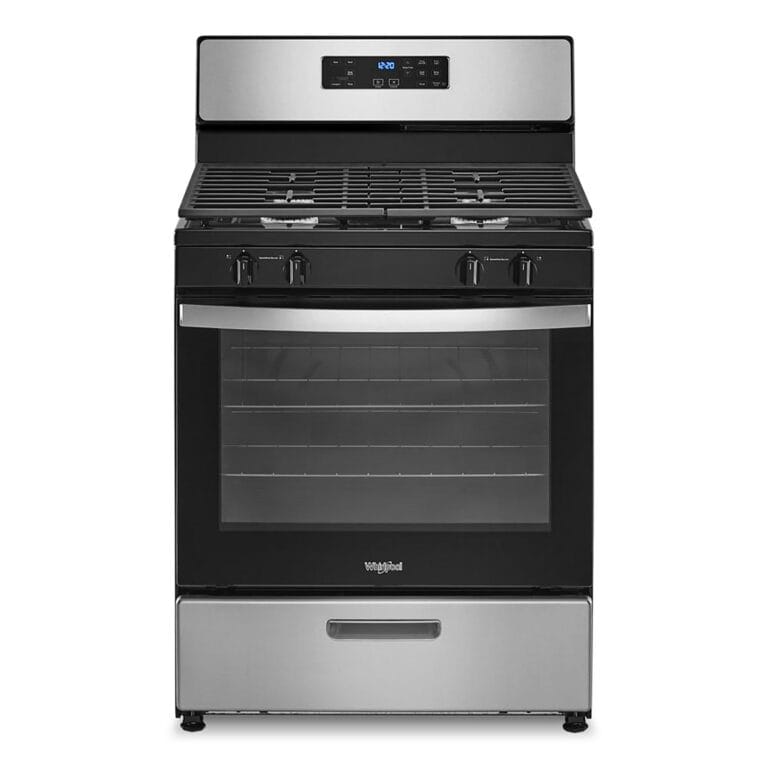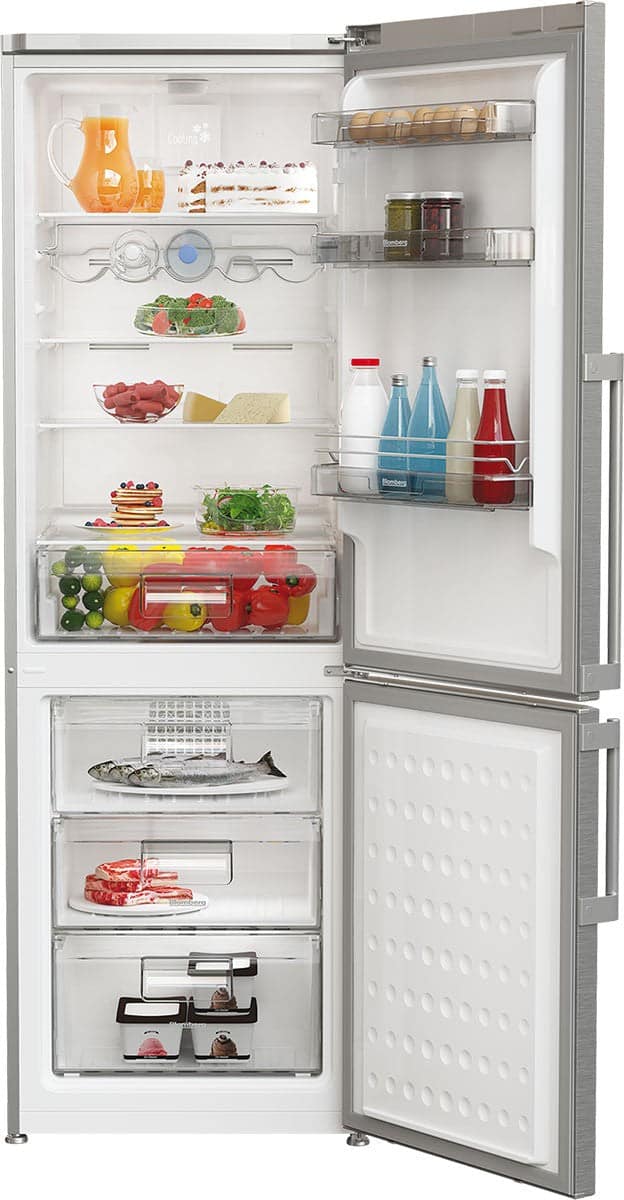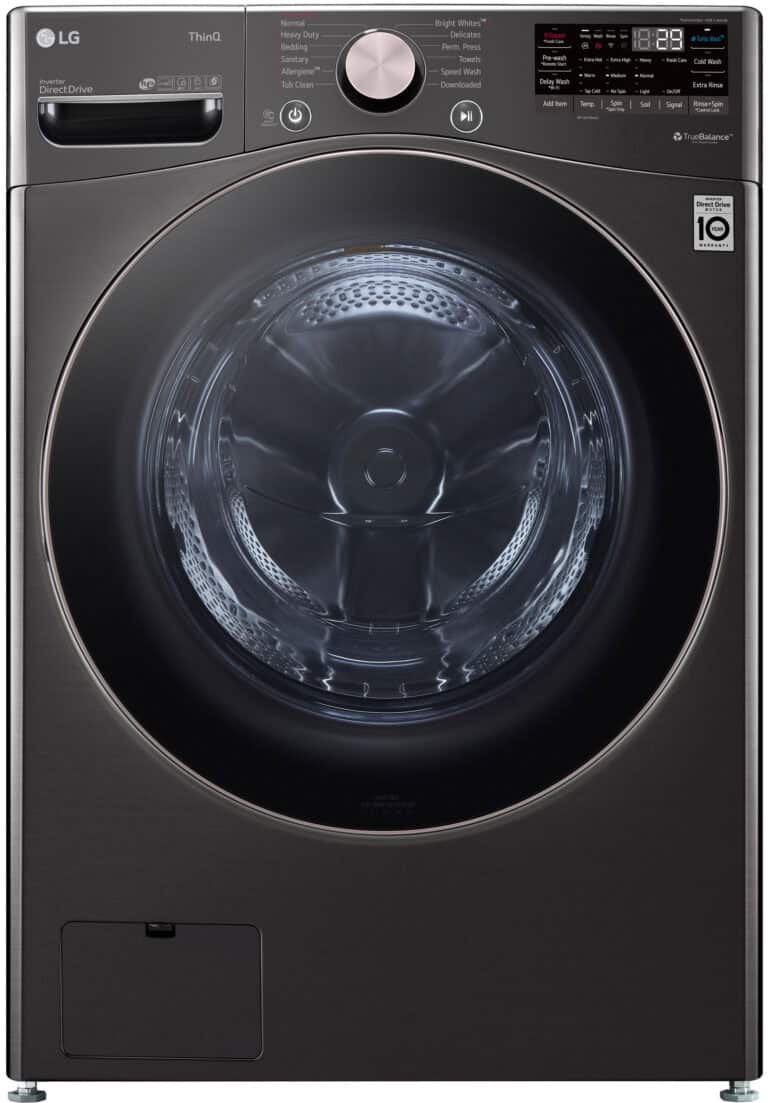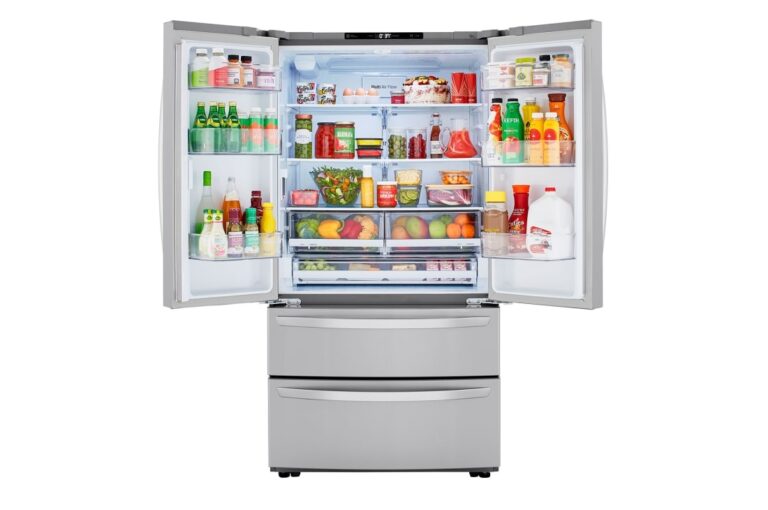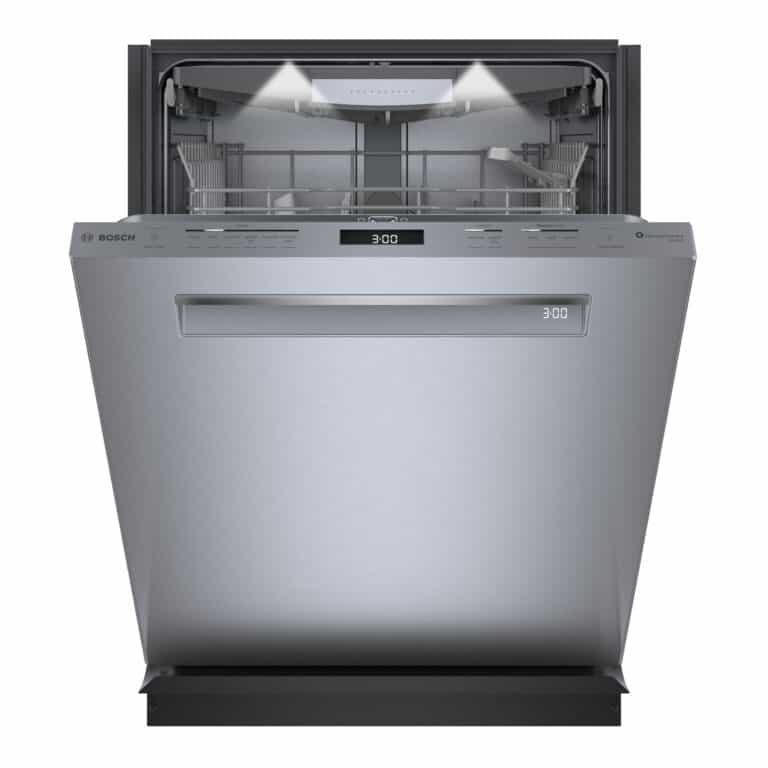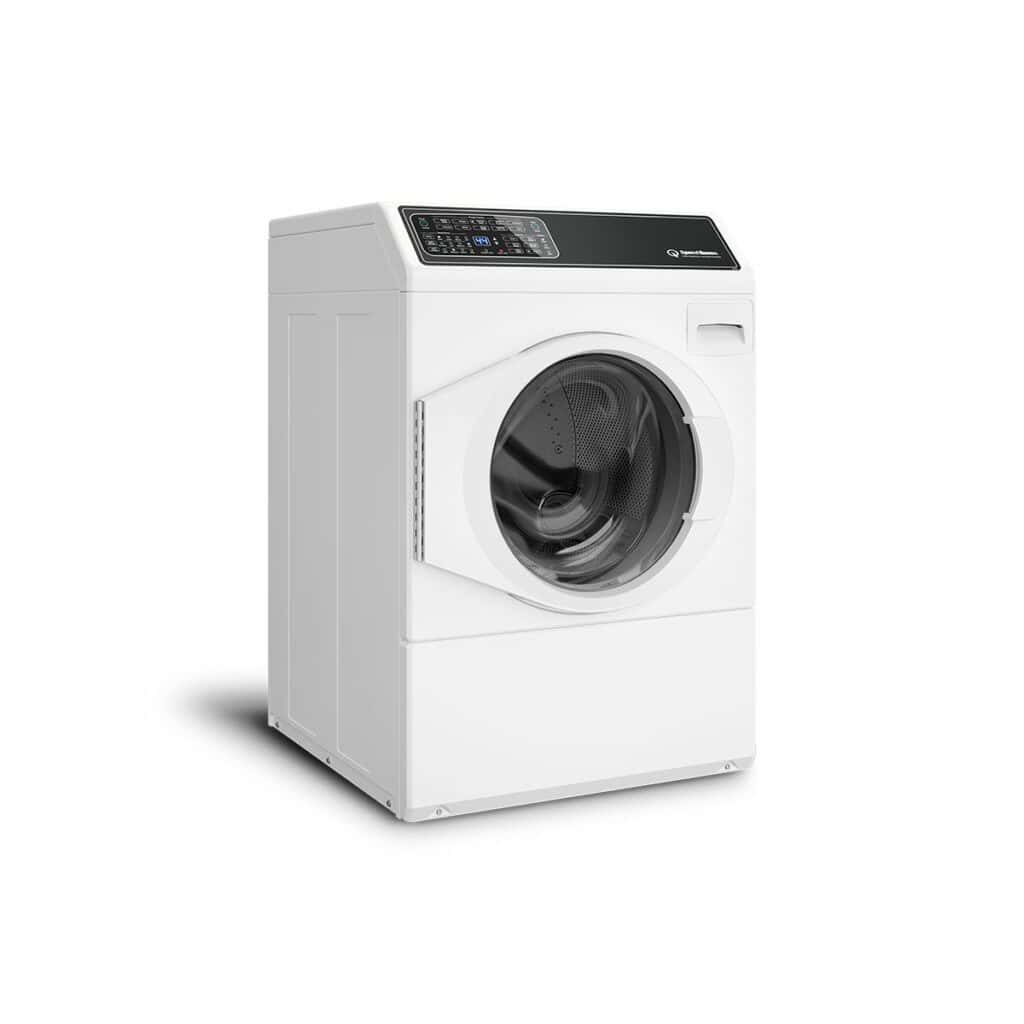
Finding your washing machine full of water that won’t drain is frustrating. It leaves clothes soaking wet and stops you from doing more laundry. The problem might be simple or complex depending on what’s causing it.
A washing machine not draining is most often caused by a clogged filter, kinked drain hose, or pump failure. These issues can usually be fixed at home with some basic troubleshooting. The filter is designed to catch small items like coins or buttons that might otherwise damage your machine.
Before calling a repair person, check your drain hose for kinks or blockages. Make sure it’s not pushed too far into the drain pipe, as this can cause water to siphon back into the machine. A quick check of these common issues might save you time and money.
Why Your Washing Machine Isn’t Draining Properly
A washing machine that refuses to drain can bring your laundry routine to a standstill. Fortunately, most drainage issues are easy to diagnose and fix once you understand the possible culprits. Below are the most common reasons your washer might not be draining, along with practical fixes that work for top-loaders and front-load machines alike.
1. Clogged Drain Hose
Symptoms: Water remains in the drum after a cycle; washer may display an error code.
Cause: The hose that carries water from the drum to the drain could be kinked, clogged with lint, small items of clothing, or soap residue.
Fix:
- Unplug the machine.
- Detach the drain hose from the back of the washer.
- Check for clogs using a flashlight and run water through it.
- Use a plumbing snake or straightened wire hanger to remove any blockage.
- Reattach and test.
2. Blocked or Dirty Pump Filter
Many front-load washers have a small filter that catches debris before it reaches the pump.
Where to look: Usually located behind a panel on the lower front of the machine.
How to Clean:
- Place a towel and shallow pan under the panel (some water will spill out).
- Unscrew or open the access door.
- Pull out the filter and clean it thoroughly.
- Remove any trapped coins, buttons, or fabric.
- Replace and close the panel.
3. Faulty Drain Pump
If you hear a humming or grinding noise, the drain pump may be seized or burned out.
| Signs of a Failing Drain Pump |
|---|
| Loud humming with no draining |
| Washer stops mid-cycle |
| Burnt smell from lower panel |
Solution:
- Remove the bottom panel to access the pump.
- Inspect for blockages inside the pump impeller.
- Test the pump with a multimeter (should show continuity).
- If faulty, replace the pump entirely.
4. Improper Drain Height or Installation
If the drain hose is too low or too deep into the standpipe, it can cause siphoning or backflow issues.
Ideal Drain Setup:
| Requirement | Recommended Measurement |
|---|---|
| Height from floor | 30–36 inches (76–91 cm) |
| Insertion depth into pipe | No more than 6–8 inches |
Make sure the hose forms a loop or is secured at the correct height.
5. Lid Switch or Door Lock Malfunction
Some machines won’t drain if the lid switch (top-load) or door lock (front-load) isn’t functioning properly.
Troubleshooting Steps:
- For top-loaders: Press the lid down firmly and listen for a click.
- For front-loaders: Ensure the door is fully closed and latched.
- Test the switch or lock using a multimeter.
- Replace if faulty.
6. Overuse of Detergent
Excessive suds from too much detergent (especially high-efficiency machines) can confuse sensors and halt draining.
Fix:
- Run a rinse/spin cycle without detergent.
- Reduce detergent use and use only HE-approved products if applicable.
- Clean the washer drum with a machine cleaner to remove built-up residue.
7. Drain Hose Frozen (in colder climates)
In basements or garages during winter, the drain hose can freeze, blocking water flow.
Fix:
- Unplug the machine and let it sit in a heated room.
- Carefully use a hair dryer to warm the hose if needed.
- Insulate the hose for future prevention.
At-a-Glance Troubleshooting Table
| Problem | Likely Cause | Recommended Action |
|---|---|---|
| Washer won’t drain at all | Clogged hose or pump filter | Inspect and clean hose & filter |
| Loud noise during drain cycle | Damaged or blocked pump | Check pump for obstructions or replace it |
| Water drains slowly | Partial blockage in drain line | Clear hose and standpipe |
| Error code on display | Faulty sensor or switch | Consult manual, test lid switch or door lock |
| Water siphons out immediately | Drain hose too low | Raise hose to recommended height |
When to Call a Professional
If you’ve ruled out the above issues and your washing machine still won’t drain, the problem might be deeper — like a faulty control board, wiring issue, or internal sensor failure. In these cases, contacting a certified appliance technician is the safest and most efficient route.
Key Takeaways
- Check the drain filter first as clogs are the most common cause of drainage problems.
- Make sure the drain hose isn’t kinked, blocked, or inserted too far into the drain pipe.
- Regular cleaning of the filter and proper hose positioning prevents most drainage issues.
Understanding the Drainage System of a Washing Machine
Washing machines use a simple but effective drainage system to remove dirty water after each cycle. Knowing how this system works can help you quickly identify and fix drainage problems before they require expensive repairs.
Components of the Drainage System
The drainage system in a washing machine consists of several key parts that work together. The main components include:
- Drain hose: This flexible tube carries water from the machine to your home’s drain pipe
- Drain pump: A small motor that forces water out of the machine
- Drain filter: Catches lint, coins, and small items that could clog the system
- Drain pipe connection: Where your machine connects to your home’s plumbing
- Control board: Manages when the pump activates during wash cycles
Each part plays a vital role in removing water from your machine. The drain hose usually extends from the back of the washer to your home’s drain pipe. Most modern machines have an easily accessible filter, typically located at the front bottom of the machine behind a small panel.
The Role of the Drain Pump
The drain pump is the heart of your washing machine’s drainage system. It creates the force needed to push water up and out through the drain hose.
Most pumps operate using a small electric motor that spins an impeller. This creates suction that draws water from the tub and pushes it through the drain hose. The pump typically activates during spin cycles and dedicated drain cycles.
You can often hear the pump running as a humming sound. If you hear the pump but water isn’t draining, something might be blocking the flow. Many drain pumps have a manual release to help clear blockages.
Modern washing machines use sensors to detect water levels and activate the pump automatically. If these sensors fail, your machine might not drain properly even with a working pump.
Common Issues with Drain Pipes and Hoses
Clogged drain hoses cause most washing machine drainage problems. Small items like tissues, coins, and lint can build up over time and block water flow. Signs of a clog include:
- Standing water in the drum after cycles
- Unusual noises during drainage
- Water backing up into the machine
- Slow draining
Kinked or twisted drain hoses also prevent proper drainage. Always check that the hose behind your machine isn’t bent or pinched against the wall. The ideal drain hose position is straight with gentle curves, not sharp bends.
Another common problem is improper drain height. If your drain pipe is too low, water might flow back into the machine. Most manufacturers recommend the drain hose end should be at least 30 inches above the floor but not higher than 96 inches.
Troubleshooting Guide for a Non-Draining Washing Machine
When your washing machine won’t drain, it can create a mess and disrupt your laundry routine. Finding the cause quickly helps you fix the problem without calling a professional in many cases.
Preliminary Checks Before Troubleshooting
Before diving into complex repairs, check these simple issues first:
Power Supply
- Make sure the washing machine is plugged in
- Check if a circuit breaker has tripped
- Try a power cycle by unplugging for 10 minutes
Drain Hose Position
- Ensure the drain hose isn’t kinked or bent
- Check that the hose is properly positioned in the drain pipe
- Make sure the hose isn’t pushed too far into the drain pipe
Load Balance
- An unbalanced load can prevent proper draining
- Redistribute clothes evenly in the drum
- Remove any overstuffed items that might block water flow
Water level settings that are too high can also cause draining issues. Check your manual for recommended settings based on load size.
Step-by-Step Troubleshooting Procedure
Follow this systematic approach to identify why your washing machine won’t drain:
Step 1: Cancel the current cycle and select a drain/spin cycle to see if it works.
Step 2: Look for error codes on digital displays that might indicate the specific problem.
Step 3: Check the drain hose for clogs or kinks.
- Disconnect the hose from the back of the machine
- Inspect it visually for blockages
- Run water through it to check for clogs
Step 4: Inspect the pump filter (if accessible).
Step 5: Listen for unusual sounds when the machine attempts to drain.
- A humming sound with no water movement suggests a pump issue
- Grinding noises might indicate a foreign object
If these steps don’t solve the problem, you may need to check internal components.
How to Check for and Remove Foreign Objects
Foreign objects often cause draining problems by blocking water flow. Common culprits include:
- Coins and keys
- Socks and small clothing items
- Hair pins and paper clips
- Pet hair and lint buildup
To check for and remove foreign objects:
Access the drain system
- Front-loaders: Locate the small door at the bottom front of the machine
- Top-loaders: Remove the front panel or access through the bottom
Find the pump filter
- Place a shallow pan underneath to catch water
- Slowly unscrew the filter cap (water will leak out)
- Remove any visible debris by hand
Inspect connecting hoses
- Check the hose between the tub and pump
- Look for blockages in the drain outlet
Small mesh laundry bags can help prevent future blockages by containing small items during washing.
Inspecting the Drain Pump for Blockages
The drain pump is critical for removing water from your washing machine. A clogged or broken pump is a common reason for draining problems.
Signs of pump problems:
- Humming noise but no draining
- Intermittent draining
- Water leaking from machine base
How to inspect the pump:
Unplug the washing machine for safety.
Locate the pump
- Usually found at the bottom of the machine
- May require removing the front or back panel
Visually inspect for:
- Obvious blockages or debris
- Damaged impeller blades
- Signs of water leakage
Test manually (if possible):
- Rotate the pump impeller by hand
- It should turn smoothly without resistance
- If it’s stuck, look for foreign objects
If the pump appears damaged or doesn’t turn freely after cleaning, it likely needs replacement. This is a common repair that can often be done at home with basic tools.
Testing the Spin Cycle Functionality
The spin cycle and drainage systems are closely connected. Problems with spinning often indicate drainage issues as well.
Quick spin cycle test:
- Run a spin-only cycle with an empty machine
- Listen for unusual noises
- Check if water drains during the spin
What to watch for:
- If the drum doesn’t spin but you hear the motor, the lid switch may be faulty
- If the machine attempts to spin but stops, the load may be unbalanced
- If spinning causes water to back up, there’s likely a drain blockage
Some washing machines have a safety feature that prevents spinning when water is present. This protects the motor from damage.
Check the drive belt if your machine has one. A loose or broken belt can prevent both spinning and proper draining.
Remember that electronic control issues can also prevent proper operation of both drain and spin functions. Checking error codes can help identify these problems.
Drain Hose and Pipe Considerations
Proper drain hose setup and maintenance are key factors in keeping your washing machine draining efficiently. Problems with hoses and pipes cause most drainage issues that homeowners face with their washers.
Assessing Hose Connections and Integrity
Start by checking if your drain hose is properly connected at both ends. A loose connection can lead to water leaks or poor drainage. The hose should be firmly attached to the washer and securely positioned in the drain pipe.
Look for kinks or bends in the hose that might block water flow. A kinked drain hose is a common culprit when washers won’t drain properly.
Check the height of your drain hose. If it’s positioned too high, your washing machine pump may struggle to push water up and out. The ideal height is typically 30-36 inches from the floor.
Inspect the hose for cracks or damage. Over time, hoses can deteriorate and develop small splits that reduce drainage efficiency or cause leaks.
When to Clean or Replace Drain Hoses and Pipes
Clean your drain hose when you notice slow drainage. You can disconnect the hose and soak it in hot water and vinegar to remove buildup. This simple cleaning can resolve many drainage issues.
Look for foreign objects that might be trapped in the hose. Items like coins, buttons, or small clothing can create blockages. Remove these by flushing the hose with water pressure.
Replace your drain hose if:
- It’s over 5 years old
- Shows visible damage or cracks
- Has developed hard bends that won’t straighten
- Contains buildup that won’t flush out
The drain pipe in your wall might also need attention. Solid debris, mold, lint, or undersized pipes can all cause drainage problems. If your home’s drain pipe is too narrow, consider upgrading it to handle your washer’s water flow.
The Importance of Regular Maintenance
Regular maintenance keeps your washing machine draining properly and prevents costly repairs. Taking care of your washer extends its life and maintains efficient operation.
Cleaning the Pump Filter
The pump filter is a critical component that needs regular cleaning. This small part catches objects like coins, buttons, and lint that could otherwise clog your drainage system.
To clean the filter:
- Turn off and unplug the washing machine
- Locate the filter (usually behind a small door at the bottom front)
- Place a shallow pan to catch water
- Slowly unscrew the filter cap
- Remove debris and rinse under running water
Many homeowners don’t realize this filter exists until their machine stops draining. Cleaning it every 1-3 months prevents smelly water buildup and drainage issues.
Neglecting this simple task can lead to bacteria and mold growth in standing water. This not only causes odors but can damage your machine’s internal components.
Routine Checks for the Drainage System
A washing machine’s drainage system needs regular inspection to function properly. Check the drain hose for kinks or bends that restrict water flow.
Examine these key drainage components:
- Drain hose – Look for cracks or blockages
- Drain pump – Listen for unusual noises during draining
- Drain pipe – Ensure it’s not clogged with lint or debris
Regular maintenance reduces strain on components like the drain pump and drive motor. This leads to better energy efficiency and lower utility bills.
A properly maintained drainage system prevents stagnant water, which is a breeding ground for bacteria. Running a hot water or vinegar cycle monthly helps clean internal hoses and pipes.
These simple checks can prevent costly repairs and extend your washing machine’s lifespan by years.
Professional Repair or Replacement
Sometimes washing machine drainage problems require expert help or even a new machine. Knowing when to call a pro and understanding costs can save you time and frustration.
When to Call a Professional for Repair
If your washing machine still won’t drain after trying basic fixes, it’s time to call a professional. Signs that you need expert help include strange noises from the drain pump, repeated drain failures, or water leaking onto your floor.
Most repair technicians recommend professional help when:
- The machine is more than 8 years old
- You’ve checked the drain hose and filter without success
- The pump sounds like it’s running but no water drains
- You smell burning when the machine tries to drain
Professionals have specialized tools to test the pump motor and electrical components safely. They can also access hard-to-reach parts without damaging your machine.
Many repair companies offer same-day service for emergency situations. Water sitting in your machine for days can cause mold and odors, so quick action helps avoid these problems.
Identifying the Model Number for Parts Replacement
Finding your machine’s model number is crucial for ordering the right replacement parts. This number is usually located:
- On a sticker inside the door
- On the back of the machine
- Under the lid
- Along the front frame when the door is open
Take a clear photo of the entire label. This helps ensure you get the correct parts if repair is needed.
When speaking with repair companies, having this information ready speeds up the process. Many technicians can bring common parts for your specific model on their first visit if you provide this information in advance.
Parts like drain pumps are often model-specific, so generic replacements may not work properly or might void your warranty.
Understanding Repair Costs and Services
The cost to fix drainage issues typically ranges from $100 to $350 depending on the problem. Most drainage repairs involve either the pump or control board.
Common repair costs:
| Repair Type | Typical Cost Range |
|---|---|
| Drain pump replacement | $100-200 |
| Control board repair | $200-350 |
| Drain hose replacement | $75-125 |
| Full diagnostic service | $50-100 |
Many companies offer home repair service plans that can reduce these costs. Ask repair companies if they guarantee their work. Quality services typically offer 30-90 day warranties on parts and labor.
Before scheduling a repair, ask about the diagnostic fee. Some companies apply this fee toward repairs if you choose their service. Others might waive it completely for simple fixes they can handle quickly.
When repair costs exceed half the price of a new machine, replacement is often more economical, especially for machines over 10 years old.
Accessing and Using the Service Panel
Most washing machine issues that prevent proper draining can be fixed by accessing the service panel. This area houses important components like the drain pump and filter that often cause drainage problems.
Locating the Access Panel
The access panel location varies by washing machine type. For front-loading machines, look for a small door at the bottom front of the washer. It might be hidden behind a decorative panel that snaps or slides off. Many front-loaders have a round filter access door in the lower right or left corner.
For top-loading machines, the access panel is typically on the lower back or bottom of the unit. Some models require removing the entire front or back panel to access internal parts.
Before starting, check your washing machine manual for the exact location. If you don’t have the manual, search for your model number online to find diagrams showing panel locations.
Safety Precautions During Repair
Always unplug the washing machine before opening any access panels. This prevents electrical shock and accidental starts during repair work. Place a shallow pan and towels under the filter area, as water will likely spill when you open it.
Wear rubber gloves to protect your hands from sharp objects and dirty water. Many clogs contain small items like coins, bobby pins, or other debris that can cut your fingers.
Take photos before removing parts to help with reassembly. Keep track of all screws and fasteners by placing them in a small container. Avoid forcing parts open if they don’t move easily, as this could break plastic components.
For deep repairs involving the drain pump, consult the wiring diagram usually found inside the control panel or in your manual.
Frequently Asked Questions
Washing machine drainage problems stem from various causes including clogs, mechanical failures, and improper installation. Most issues can be fixed without calling a professional if you know what to check.
How can I fix a top-load washer that isn’t draining properly?
Check the drain hose first as it might be kinked or clogged. Straighten any bends in the hose and clear obstructions.
Next, inspect the lid switch which prevents draining when the lid is open. Listen for a click when closing the lid to confirm it’s working properly.
Clean the drain pump filter if accessible. Some top-load models have a filter behind a panel that catches coins, buttons, and other small items.
What steps should I follow to manually empty a washer full of water?
Turn off the power to the washing machine for safety. Unplug the unit or flip the circuit breaker.
Place towels and a shallow container under the drain hose. If possible, disconnect the drain hose from the standpipe and lower it into a bucket.
For stubborn water, use a wet-dry vacuum to suck water out through the top of the machine or through the drain hose. Empty the vacuum frequently.
Why might a washer fail to drain when there is no obvious blockage?
The drain pump might be broken or have debris caught in it. Listen for unusual sounds during the drain cycle that might indicate pump problems.
A faulty timer or control board can prevent the machine from entering the drain cycle properly. This requires testing with a multimeter or replacement.
Using too much detergent can cause excessive suds that overwhelm the pump. Run an empty cycle with hot water to clear soap residue.
What could cause a washing machine to stop draining and spinning?
An unbalanced load often triggers safety features that stop the spin cycle. Redistribute clothes evenly in the drum.
The drive belt may be broken or slipped off its pulley. This belt connects the motor to the drum and pump in many models.
The motor coupling might be worn or broken, especially in high-use machines. This plastic part connects the motor to the transmission.
What troubleshooting methods can resolve drainage issues in front-load washing machines?
Clean the drain pump filter, usually located behind a small door at the bottom front of the machine. This filter catches lint, coins, and debris.
Check for drain hose problems, including the siphoning effect when the hose is pushed too far into the standpipe. The hose should not extend more than 4-6 inches into the drain pipe.
Run the Clean or Service cycle if available. This helps remove buildup that might be affecting drain performance.
How do I address drainage problems specific to Whirlpool or Samsung washing machines?
For Whirlpool machines, check the cycle settings as some specialized cycles are designed to end with water in the tub. Run a Drain & Spin cycle to empty the tub.
Samsung washers often have a self-diagnostic system. Look for error codes on the display that can point to specific drainage problems.
For both brands, verify the drain hose installation meets manufacturer specifications. The drain height should be 30-96 inches from the floor for most models.

